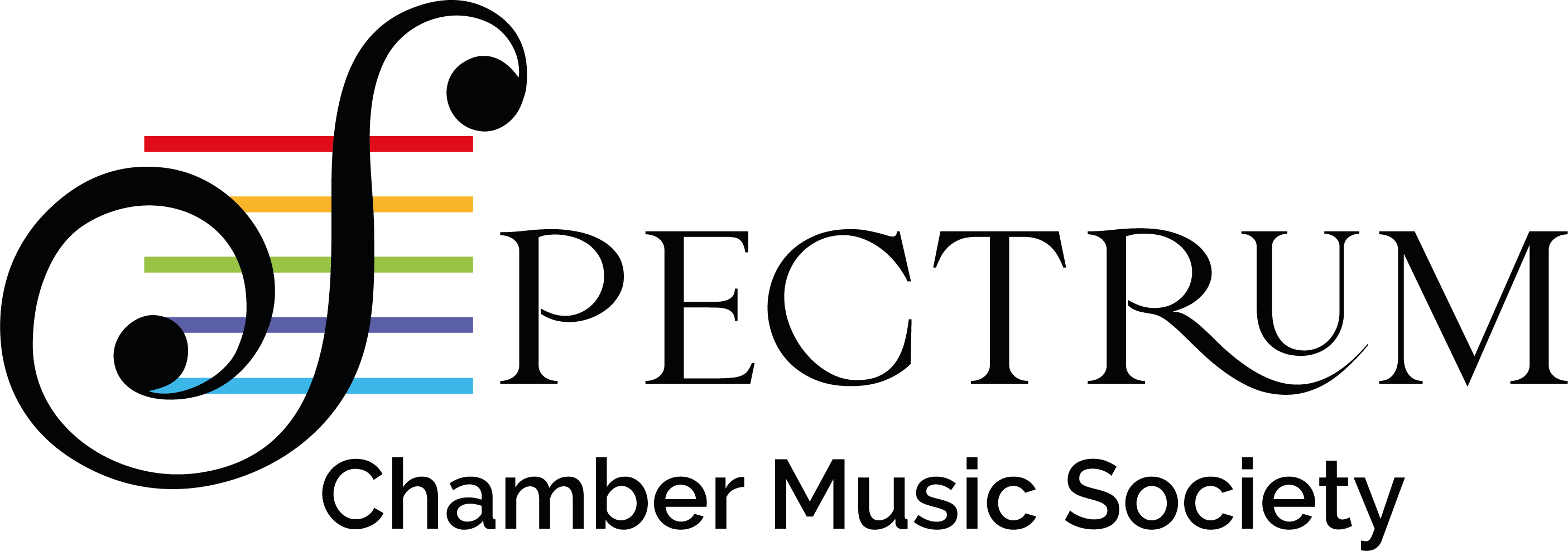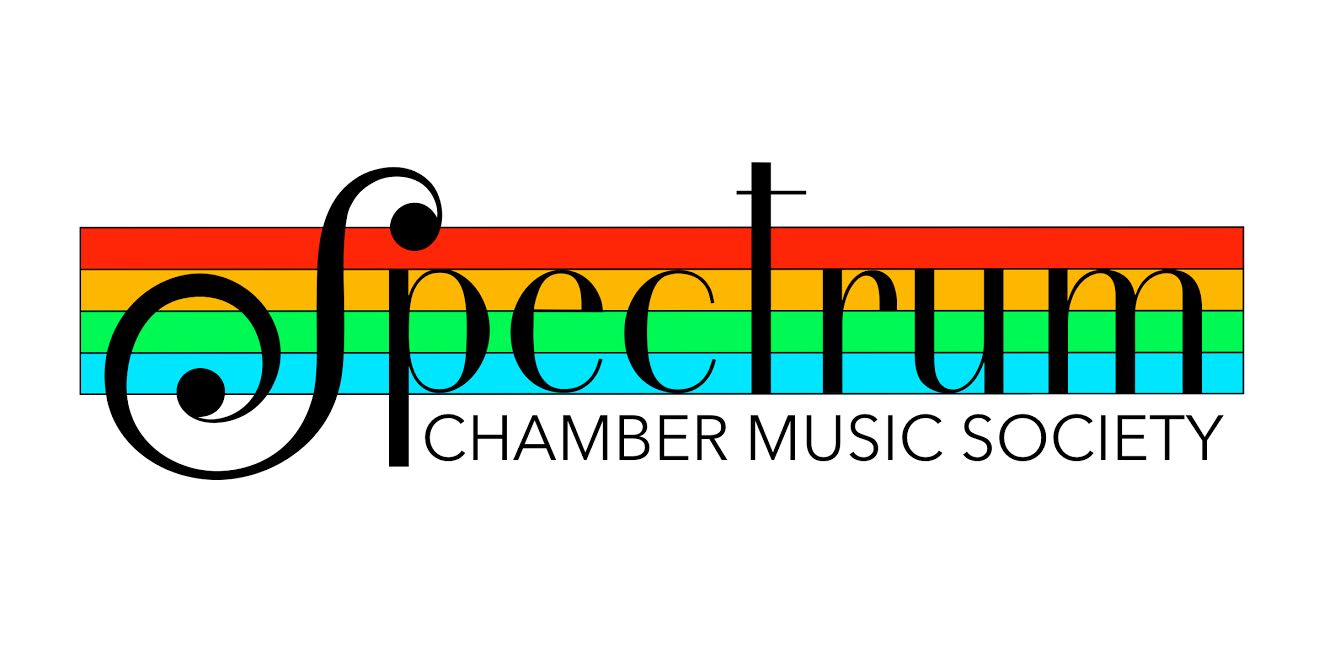“Why Is There So Much Viola on Spectrum?”
…is what you might be asking yourself when you come to our concerts. “Sure, it’s a beautiful instrument,” you’re likely also telling yourself, “but there are so many other great instruments out there. Why is the viola so prominent?” These are all really good points, especially the one about the viola being a beautiful instrument. The reasons for the huge surplus of chamber music with viola go far beyond the fact that the director of the series is a violist (though it doesn’t hurt).
The viola has traditionally served an important but overlooked role in the orchestra. It provides some of the inner harmony in the music, which is an element you might not notice when you listen to a symphony, but would likely miss if it were gone. While violists may (generously) interpret this to mean we are the “heart” of the orchestra, spending most of our time pumping out the underlying lines that help keep the entire piece going, the truth is we sometimes get jealous of the first violins, who tend to get the really fun melodies more often. That’s why it’s always such a big deal when we actually do get singled out for a melody…or at least an interesting counter-melody. Seriously, it’s a topic of conversation violists have that first violinists don’t usually have—when was the last time you heard a first violinist look at orchestral music and say, “WOW, we have a big melody in this piece!”? Violists do that. Every time. No, really.
As for concert soloists, violists are thin on the ground, as are popular concertos for the instrument. Violinists have BRAHMS! BEETHOVEN! MENDELSSOHN! TCHAIKOVSKY! Cellists have DVORAK! ELGAR! TCHAIKOVSKY! Violists have…Bartok. Hindemith. Walton. Hindemith again. Sure, we also have MOZART! But we share his Sinfonia Concertante with the violin, so while it counts, it’s with an asterisk, at best. Harold in Italy is a great symphony by Hector Berlioz which includes a major viola solo line, but it sometimes get snickered at for the actual amount of solo viola in the piece—for God’s sake, the soloist just stands there for about 10 minutes midway through the last movement, waiting to play one more little line before the piece comes to a huge end without her. Unfortunately, the piece also suffers from being in the shadow of Berlioz’s much more popular work, Symphony Fantastique, which, as a crowd-pleaser, gets programmed way more often.
Where does that leave the poor violist, searching for an outlet to express herself, to be heard and—to use a phrase from the modern vernacular—to be SEEN. These days, the phrase, “to be seen” means more than just being visible—it’s the feeling of being noticed, acknowledged, even validated in a world where one might otherwise feel marginalized, dismissed and ignored.
And that is where chamber music comes in.
Chamber music is the preferred musical outlet of professional violists everywhere, and has been for as long as it’s been around. There is lots of great music out there (more on that another time), the viola parts are more exciting, we can actually be heard along with the other instruments, and we get to collaborate in a more intimate and meaningful way with our colleagues. Plus, even when we are relegated to accompaniment status, we still feel like we are noticed, seen.
Because of all these reasons, violists usually are the ones who jump at the chance to put an ensemble together and play on a chamber music series. Besides the standard string quartet, we put together all kinds of interesting combinations—and we especially like the ones where we don’t have to compete with violinists! Take a look at the repertoire list from the 33 years Spectrum has been in existence. Notice all the viola music? It’s not an accident. Violists are huge champions of chamber music, and it’s only mostly for selfish reasons.

